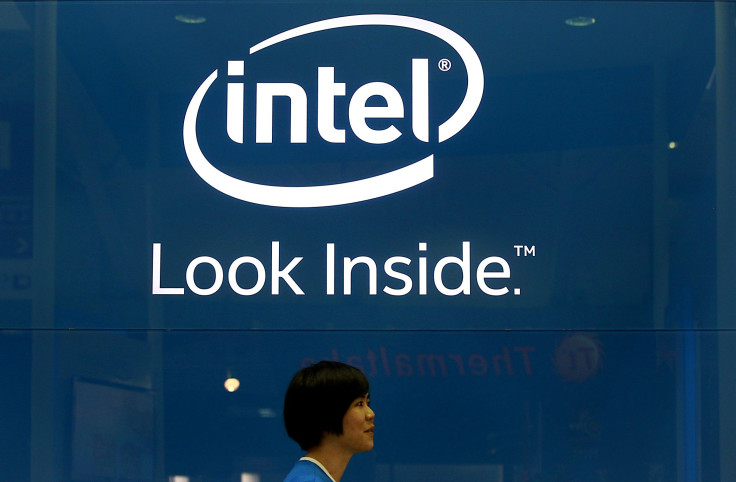Intel Earnings Preview: Will Chipmaker's Mobile Bet Finally Pay Off?

More volatility could be ahead for chipmakers. Intel Corporation is scheduled to report its latest quarterly earnings on Tuesday, and investors will be eyeing the company's results due to worrying signs within the semiconductor industry. They'll also be looking for any signs that show Intel may be finally gaining traction in the market for chips that power smartphones and tablets.
Microchip Technology, a provider of microcontroller and analog semiconductors, saw its stock tumble more than 12 percent on Friday after the company lowered its second-quarter sales forecast and warned of a broad-based industry downturn. As a result, the widely watched Philadelphia Semiconductor Index, or the SOX, fell as much as 7.7 percent on Friday, representing the worst one-day decline since 2009.
Intel is expected to turn in third-quarter earnings of 64 cents, excluding items, on revenue of $14.41 billion, according to analysts polled by Thomson Reuters. Future guidance will be closely watched. “Expectations for the fourth quarter are not that egregious," said Stacy Rasgon, senior analyst at Sanford C. Bernstein & Co. "Even if the market itself is a little weak, Intel still stands a good chance of meeting those expectations.”
Intel needs to show it’s making progress in the mobile market, where it trails competitors who make chips based on ARM Holdings' mobile processor design. ARM-based chips are found in most Android phones as well as Apple’s iPhone.
Although the chipmaker beat estimates in the second quarter, its mobile and communications group continued its collapse as revenue dropped 67 percent, sequentially, to $51 million on a loss of $1.1 billion. “We would listen for comments on Intel's 4G trajectory into the 2H and 2015,” said Rasgon in a research note.
In September, Intel partnered with Chinese chipmaker Tsinghua Unigroup Ltd., a state-owned firm that owns China's second- and third-largest chip designers, through a $1.5 billion stake in order to gain traction in mobile.
Analysts also will be looking to see if Intel can sustain the previous quarter’s gains in PC processor sales, which was fueled by businesses looking to replace aging systems running Windows XP. “We believe that a good portion of the corporate uptick will prove to be temporary at some point,” said Rasgon.
Semiconductors are typically a good indicator of the overall economy because not only do most chipmakers depend on orders from around the world, but silicon is also deployed in a wide range of industries from aircraft and autos to appliances and PCs. The SOX index, which has been on fire since the end of 2012, exceeded previous highs made in 2006 and 2007 at the beginning of this year and went on to hit new all-time highs. But in recent weeks, the sector has fallen under pressure.
“We believe we’re at the start of a minor inventory correction here,” said Angelo Zino, an analyst with S&P Capital IQ. “I think investors just have to realize that it's something that's very common in the semiconductor industry and it doesn't necessarily mean that you're going to see this huge downward spiral in the whole chip space and economy.”
© Copyright IBTimes 2024. All rights reserved.






















